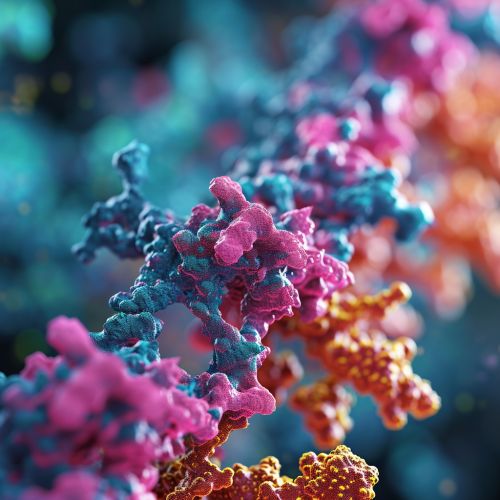P300/CBP
Introduction
The P300/CBP (also known as the P300-CREB-binding protein) is a histone acetyltransferase enzyme that plays a crucial role in the regulation of gene expression. This enzyme is involved in various cellular processes, including cell growth, differentiation, and apoptosis. It is also implicated in several diseases, such as cancer and neurodegenerative disorders.
Structure
The P300/CBP protein is a large multidomain protein that contains several functional domains. These include the bromodomain, which recognizes acetylated lysine residues on histones, and the HAT domain, which catalyzes the transfer of acetyl groups to lysine residues on histones. The protein also contains several zinc finger domains, which mediate protein-protein interactions.


Function
The primary function of P300/CBP is to acetylate histones, a process that relaxes the chromatin structure and allows transcription factors to access the DNA. This enzyme can also acetylate non-histone proteins, such as p53, thereby regulating their activity. Furthermore, P300/CBP serves as a coactivator for several transcription factors, including cAMP-response element-binding protein (CREB) and nuclear receptors.
Role in Disease
Alterations in the function of P300/CBP have been associated with various diseases. For example, mutations in the P300/CBP gene have been found in several types of cancer, including lung, breast, and colorectal cancer. These mutations often result in the loss of histone acetyltransferase activity, leading to aberrant gene expression. In addition, P300/CBP has been implicated in neurodegenerative disorders, such as Alzheimer's and Huntington's disease, possibly due to its role in neuronal differentiation and survival.
Therapeutic Potential
Given its involvement in various diseases, P300/CBP has been considered as a potential therapeutic target. Several small molecule inhibitors of P300/CBP have been developed and shown to have anti-cancer activity in preclinical studies. However, the therapeutic potential of these inhibitors is still under investigation, and more research is needed to fully understand the role of P300/CBP in disease and its potential as a therapeutic target.
